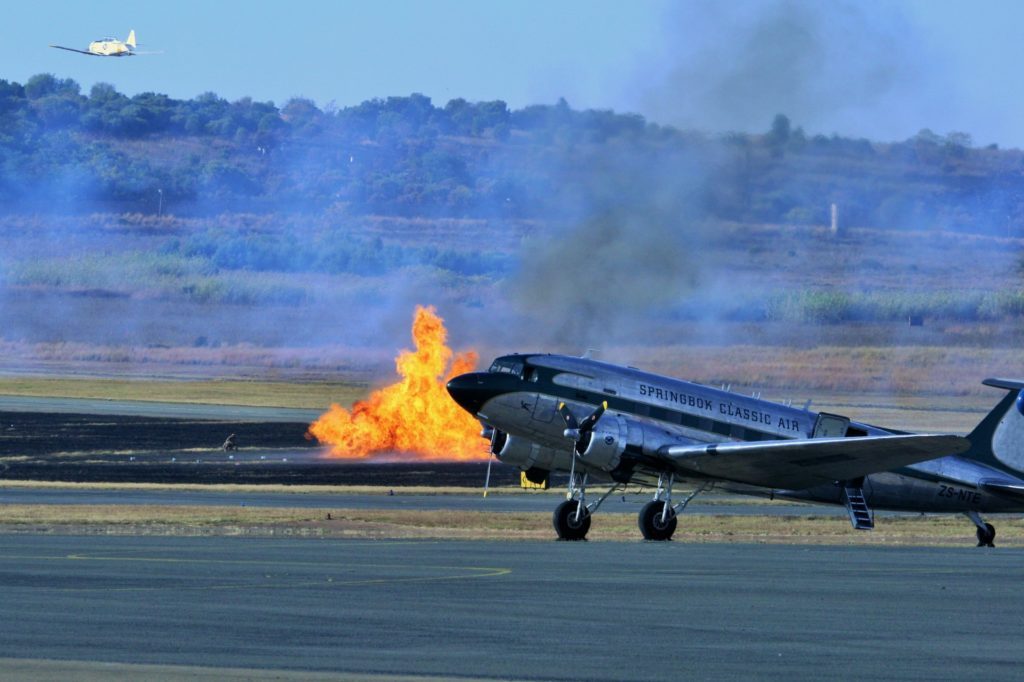The British Ministry of Defense (MoD) will pay £250,000 (about $304,000) to have drones deliberately smashed into passenger jets, the UK’s Daily Mail reports. The crashes are part of a testing program that the Daily Mail calls “secretive,” designed to show what would happen if a drone collided with the window or the fuselage of a passenger plane.
The study has been ordered by the UK’s Department for Transport, the Civil Aviation Authority (CAA) and the Ministry of Defense. The tests are being performed in 5,000 miles of restricted airspace located in Snowdonia, Wales, by British defense conglomerate Qinetiq.
There have been increasing concerns that an accident between a drone and a passenger jet is inevitable, as the British press reports repeated “sightings” and “inquiries” of drones near airports. These include the now infamous report of a “near fatal collision” with a drone at Heathrow airport which the pilot later said might have been no more than a floating plastic bag. Officials have investigated 23 “near misses” in one six month period; but no damage or injury was reported.
‘We are conducting mid-air collision studies for the CAA to look at impact of aircraft with unmanned vehicles,’ said Dr. Peter Downer of the Ministry of Defense, the Daily Mail Reports.
‘There is a series of trials about the security risks and we need to continue this with a commercial study. There will be further studies of mid-air collisions of drone impact with fuselage and windows.’
There has been a long debate over the actual damage that might be caused by a drone hitting an airplane. Research reports based on computer simulations and mathematical assumptions differ widely in their conclusions: one report called the danger “catastrophic” while another calls it “minimal.” The British MoD study may settle the case once and for all.
Not everyone thinks tests like this are necessary – or that the entire burden for safety should be put on the drone operator. Jean-Cristophe Zufferey, CEO and co-founder of commercial drone company senseFly, says that the industry needs a long-term solution that improves communication for both parties. “While it’s important that we understand the risks of mid-air collisions, it’s more important that we find a solution,” says Zufferey. “Currently, drone operators don’t have the insight they need to avoid near-misses. This lack of awareness not only risks people’s safety, it burdens drone operators with full responsibility for flying safely. Both pilots and UAV operators need two-way, or bi-directional, awareness of one another’s flight paths to ensure that drone operators have the insight they need in order to change, pause or abort a flight and avoid collision.”
SenseFly is working on a solution to the problem with flight-planning company AirNavigation. The “Safer Together” project is designed to help drone operators communicate with GA pilots in the first phase; a second phase will allow pilots to communicate with drone operators. “The initiative uses existing simple and affordable technologies to enable seamless integration and will bring bi-directional communication between manned and unmanned aircraft,” says Zufferey. “Near misses are a problem caused by a breakdown in communication and Safer Together is working to solve this problem.”
 Unmanned Aerial Vehicle The latest drone news
Unmanned Aerial Vehicle The latest drone news



